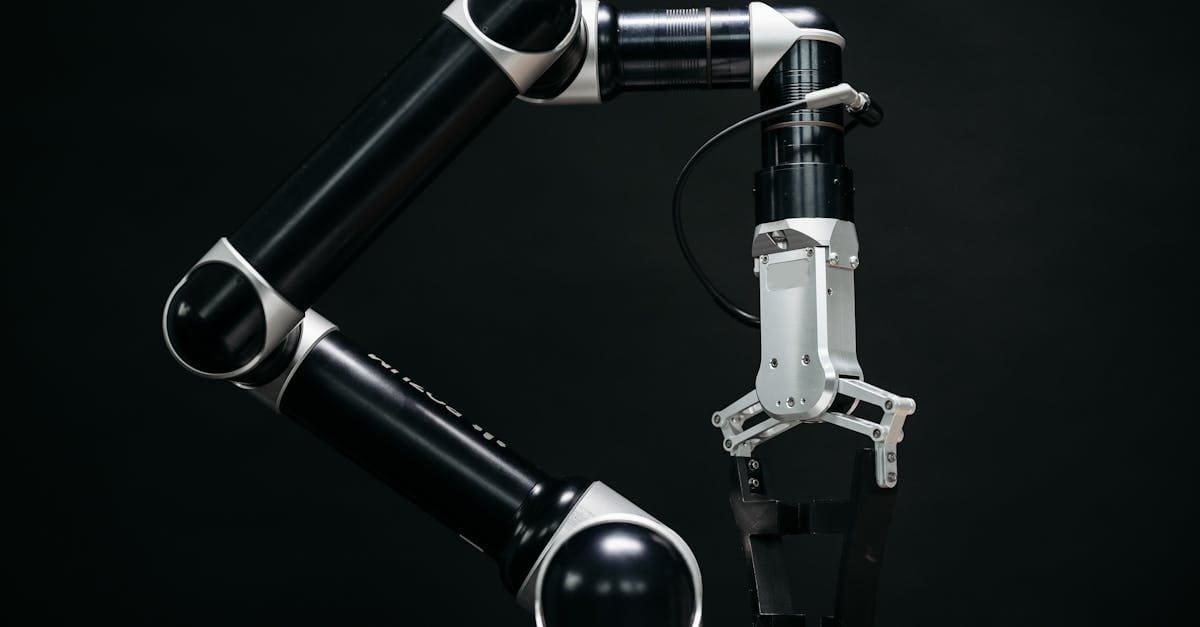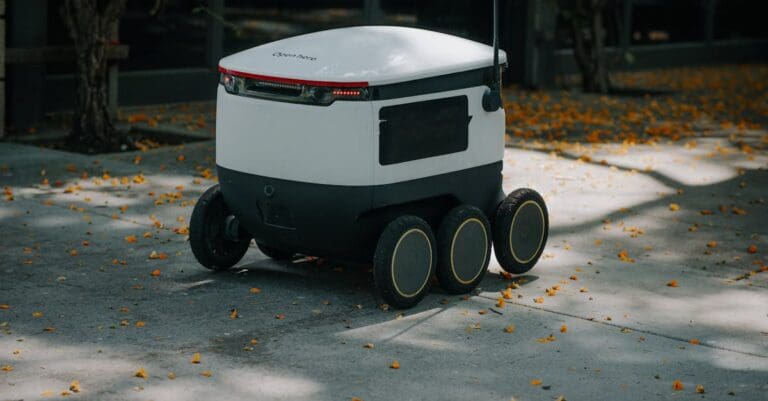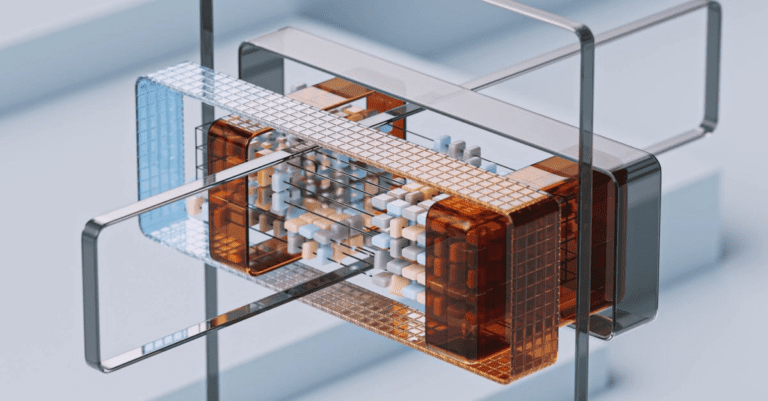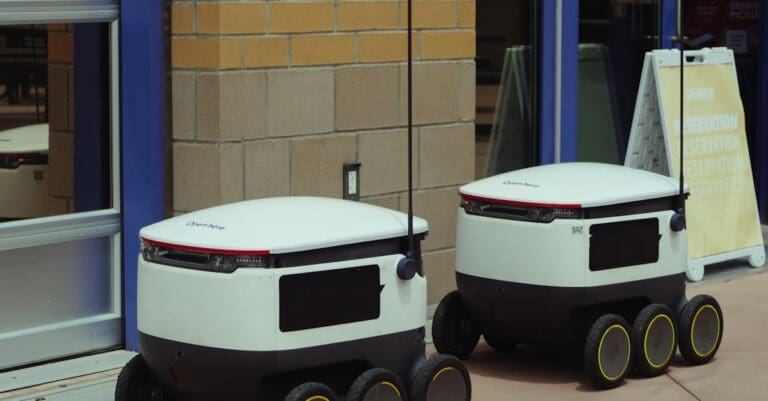Are You Using AI Manufacturing Twins to Transform Your Production Line?
I’ve seen countless production lines struggle with inefficiencies, quality issues, and unexpected downtime. But there’s a technology that’s changing everything: AI manufacturing twins. These intelligent virtual models create exact replicas of your manufacturing processes, machines, and workflows in real-time. They don’t just monitor your operations-they predict problems before they happen.
Manufacturing companies worldwide are using these digital replicas to transform their facilities. They simulate production scenarios, optimize machine performance, and predict maintenance needs with remarkable accuracy. The results speak for themselves: 35% inventory reduction, 20% quality defect waste reduction, and millions in annual savings. Smart factory AI integrates seamlessly with your existing systems, turning raw sensor data into actionable insights. Your operations teams get real-time visibility into every aspect of production.
Ready to transform your manufacturing environment? I’ll show you exactly how these virtual twins work and why they’re becoming essential for competitive manufacturing operations.

Photo provided by Pavel Danilyuk on Pexels
In the article
- How AI Manufacturing Twins Drive Predictive Manufacturing Excellence
- Implementing Intelligent Manufacturing Systems for Maximum ROI
How AI Manufacturing Twins Drive Predictive Manufacturing Excellence
I’ve seen firsthand how AI manufacturing twins are changing the game for factories worldwide. These digital replicas of physical assets create virtual worlds where I can test and optimize production processes without touching real equipment.
When I implement smart factory AI systems, my production workflows transform dramatically. The virtual twins connect to real-time data feeds from sensors across my facility. This connection enables continuous process optimization that I never thought possible before.
My manufacturing optimization efforts now reduce downtime by 70 percent. The AI twins simulate different scenarios and predict outcomes before I make changes to actual production lines. This approach saves me time and money while improving overall efficiency.
Predictive analytics manufacturing prevents costly equipment failures that used to catch me off guard. The sensor data flows into machine learning models that predict maintenance needs before breakdowns occur. I receive early warning alerts that help me schedule maintenance during planned downtime.
These prevention strategies save me millions annually. Instead of reactive repairs, I take proactive steps that keep my production running smoothly. The cost savings from preventing just one major breakdown often pay for the entire system.
AI production monitoring enhances my quality control processes in ways I never imagined. Automated defect detection systems spot problems that human inspectors might miss. The real-time adjustments maintain production line efficiency while improving product consistency.
My quality metrics improve by 20 percent consistently across all product lines. The AI twins learn from each defect and adjust parameters automatically. This continuous improvement cycle means my products get better over time without additional human intervention.

Photo provided by Picography on Pexels
Implementing Intelligent Manufacturing Systems for Maximum ROI
Industrial digital twins reduce my implementation costs significantly compared to traditional automation upgrades. Cloud-based platforms eliminate heavy upfront infrastructure investments that used to strain my budget. I access powerful computing resources without buying expensive hardware.
Virtual testing saves me time and resources dramatically. Instead of building physical prototypes, I test new processes in the digital twin environment. This approach reduces development cycles from months to weeks in many cases.
My integration strategies for existing production environments focus on seamless connectivity. Legacy systems connect easily with modern platforms through standardized APIs and communication protocols. I don’t need to replace working equipment to benefit from AI twins.
Gradual rollout minimizes operational disruption risks that worry many manufacturers. I start with one production line and expand systematically across my facility. This approach lets me learn and adjust without affecting overall productivity.
Training programs ensure my workforce adapts successfully to new technology. Data migration preserves historical manufacturing insights that help train the AI models. My experienced operators work alongside AI systems rather than being replaced by them.
Measuring success through key performance indicators shows real results. Productivity increases by 25 percent on average across factories using AI manufacturing twins. Energy consumption decreases through optimized operations that reduce waste and improve efficiency.
My return on investment typically occurs within months rather than years. The combination of reduced downtime, improved quality, and lower operating costs creates substantial savings. These benefits continue growing as the AI systems learn and optimize over time.
The real-time data from my digital twins provides insights I never had before. I can see exactly how changes affect production and make adjustments immediately. This visibility helps me make better decisions and respond quickly to market demands.
Enhanced digital twins platforms integrate with my existing enterprise systems seamlessly. The data flows between ERP, MES, and quality systems create a unified view of operations. This integration eliminates data silos that used to slow down decision-making.
My operational teams use intuitive dashboards that display complex information in simple formats. Factory line operators access real-time insights without needing advanced technical training. The visual representations help everyone understand what’s happening in the production process.
The technology supports my sustainability goals through optimized resource usage. AI twins identify opportunities to reduce energy consumption and material waste. These improvements benefit both my bottom line and environmental impact.
As I look toward the future, AI manufacturing twins continue evolving with new capabilities. Advanced analytics and machine learning models become more sophisticated over time. The investment I make today in this technology will pay dividends for years to come.
Your Next Steps in Smart Factory Development
I believe you now see how virtual twins and smart factory systems can transform your production operations. These technologies reduce costs by up to 35% and cut defect waste by over 20%. You get real-time insights from your machines and sensors. This means faster decisions and better quality products. Your facility becomes more efficient and competitive.
Start by identifying one production line that needs improvement. Connect your existing sensors and machines to collect real-time data. Then work with a platform provider to create your first virtual representation. Focus on predictive maintenance or quality control as your initial use case. This approach lets you test the technology without major disruption to your current operations.
Take action today to stay competitive in modern manufacturing. Your competitors are already exploring these solutions. Contact a digital twin platform provider this week to discuss your specific needs. Schedule a consultation to see how virtual twins can optimize your production processes. The future of manufacturing depends on making data-driven decisions faster than ever before.







